Re: Scientific Notebook: Scientific Discussions
Do you know what the atmosphere of Pluto is composed of? Gravity compared to earth? Rotation compared to earth.
Announcement
Collapse
No announcement yet.
Scientific Notebook: Scientific Discussions
Collapse
X
-
Re: Scientific Notebook: Scientific Discussions
Yes! Pluto is a planet with a large atmosphere and has Five moons from which Charon is the biggest and closest moon. This is first ever flight near by Pluto so we will get some updates soon.Originally posted by Eddo211 View PostAmazing.......so is pluto classified as a planet or not. They don't seem to be able to decide.
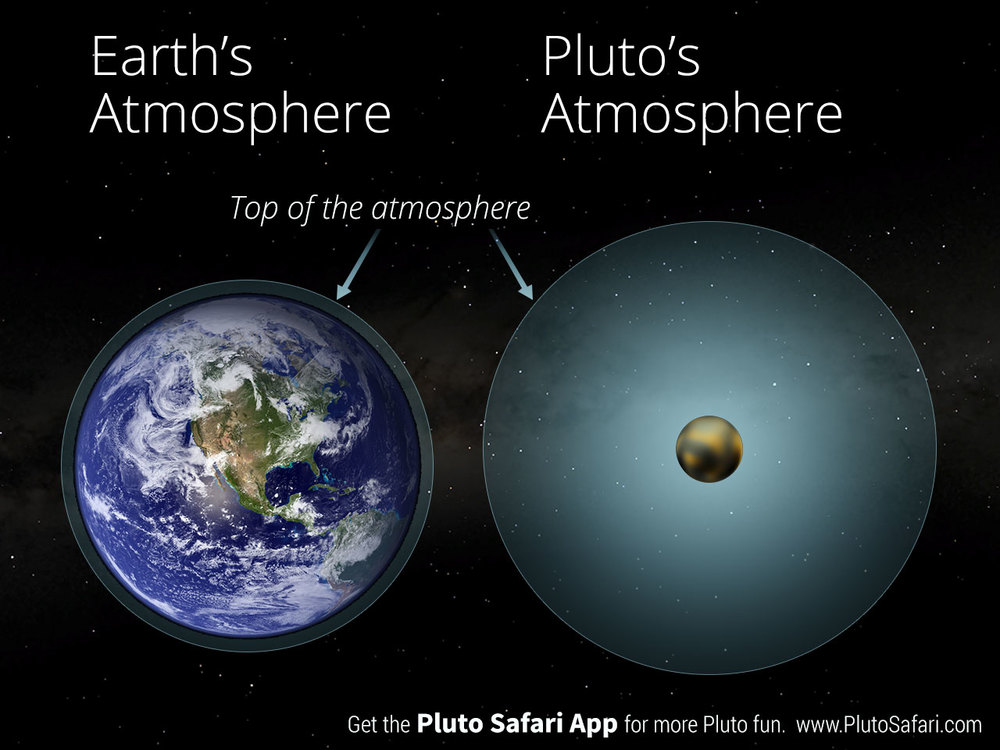

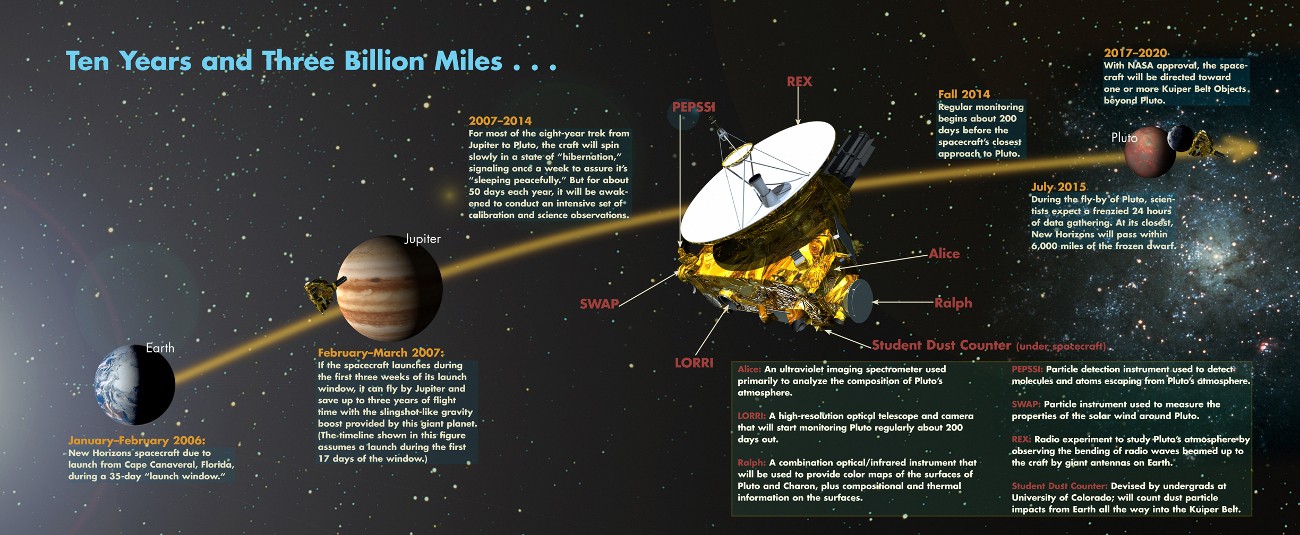
Leave a comment:
-
Re: Scientific Notebook: Scientific Discussions
Amazing.......so is pluto classified as a planet or not. They don't seem to be able to decide.
Leave a comment:
-
Re: Scientific Notebook: Scientific Discussions
Scientific News: Horizons Spacecraft Voyage to Pluto
http://www.nytimes.com/2015/07/15/sc...hes-pluto.html
NASA’s New Horizons Spacecraft Completes Flyby of Pluto

About 7:50 a.m. Tuesday, NASA’s New Horizons spacecraft made its closest pass by Pluto, coming within 7,800 miles of the surface.
The crowd, which included the children of Clyde Tombaugh, the astronomer who discovered Pluto in 1930, cheered.
As soon as it arrived, New Horizons was leaving, speeding along its trajectory at 31,000 miles per hour.
For now, no one knows how the spacecraft is faring.
New Horizons, which sent its last message to Earth at 11:17 p.m. on Monday, is in the middle of 22 hours of automated scientific observations.
New Horizons will not check in again for several more hours, with the signal scheduled to arrive on Earth at 8:53 p.m. By Wednesday, the spacecraft will be mostly finished with the data-collecting phase of the mission and begin sending back the trove of information for scientists to delve into.
Additional data from other instruments to identify some of the chemical makeup of the surface and map the range of temperatures will help the researchers figure out what is going on.
From telescope observations on Earth, astronomers have known for more than 60 years of a bright spot on this side of Pluto, and New Horizons’ trajectory was chosen in part so that it would see the spot in sunlight.
Among the other science findings so far: a precise measurement of Pluto’s diameter; greater than expected amounts of nitrogen leaking from the atmosphere into space; confirmation of nitrogen and methane ices at the polar region; and images that show strange, and different, landscapes on Pluto and Charon, its largest moon.

JULY 12: PLUTO AND CHARON A composite image of Pluto and its largest moon, Charon, seen from a distance of 1.6 million miles.

JULY 11: CHARON AND PLUTO IN COLOR A colorized, composite photograph of Pluto and its darker moon, Charon.

JUNE 29: 11 MILLION MILES New Horizons’ long-range camera photographed Pluto and its largest moon, Charon.

JUNE 19: CHARON AND PLUTO Pluto, at right, and Charon are about 20 million miles away in this processed image.

JUNE 18: TWO HEMISPHERES Pluto’s surface has continent-sized regions of light and dark. The top row of images shows the hemisphere of Pluto that will be visible during New Horizon's closest flyby next month. The bottom row shows the opposite hemisphere.

 Last edited by Armynia; 07-14-2015, 11:53 AM.
Last edited by Armynia; 07-14-2015, 11:53 AM.
Leave a comment:
-
Re: Scientific Notebook: Scientific Discussions
I hope so my Friend
Leave a comment:
-
Re: Scientific Notebook: Scientific Discussions
Good work Armynia.......space is the final frontier.
Leave a comment:
-
Re: Scientific Notebook: Scientific Discussions
I'am sorry I will describe!Originally posted by Siggie View PostHellooo. Hi! You missed my question above...
You missed my question above...
I don't understand what you're trying to accomplish with the "Notebook" threads. Looks like you're just curating which would be more appropriate for a blog than a discussion forum.
1. (Military Notebook: Military Discussions) is about general Military notes and discussions that describes both old and new military technologies or historical events much like an military Notebook. Reason I called it Military Notebook because the Notebook is military.
2. (Scientific Notebook: Scientific Discussions) is about general Scientific notes and Discussions that describes old and new Scientific stories and technologies.
I'am not trying to accomplish anything, but only sharing my Ideas and toughs in my Notebooks. Thank You!
Leave a comment:
-
Re: Scientific Notebook: Scientific Discussions
Hellooo. Hi!Originally posted by Armynia View PostLater after collapse of USSR, Alexander Kemurdzhian went to the United States, and helped Americans build their Mars Rovers You missed my question above...
You missed my question above...
I don't understand what you're trying to accomplish with the "Notebook" threads. Looks like you're just curating which would be more appropriate for a blog than a discussion forum.Originally posted by Siggie View PostWhat exactly are you doing Armynia? Trying to build an encyclopedia or post count?
Leave a comment:
-
Re: Scientific Notebook: Scientific Discussions
Later after collapse of USSR, Alexander Kemurdzhian went to the United States, and helped Americans build their Mars Rovers
Leave a comment:
-
Re: Scientific Notebook: Scientific Discussions
Scientific Discussions: Armenian Scientist
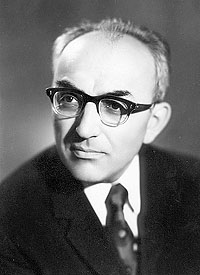
https://en.wikipedia.org/wiki/Alexander_Kemurdzhian
Alexander Leonovich Kemurdzhian (Armenian: Ալեքսանդր Լևոնի Քեմուրջյան, Russian: Алекса́ндр Лео́нович Кемурджиа́н; 4 October 1921, Vladikavkaz - 25 February 2003, St Petersburg) was a pioneering scientist, of Armenian heritage, in the space flight program of the Soviet Union. As chief engineer-designer at the VNIITransMash, he designed the first rovers to explore another world - the Soviet Lunokhod rovers. Founder of the space transport machine-engineering science.

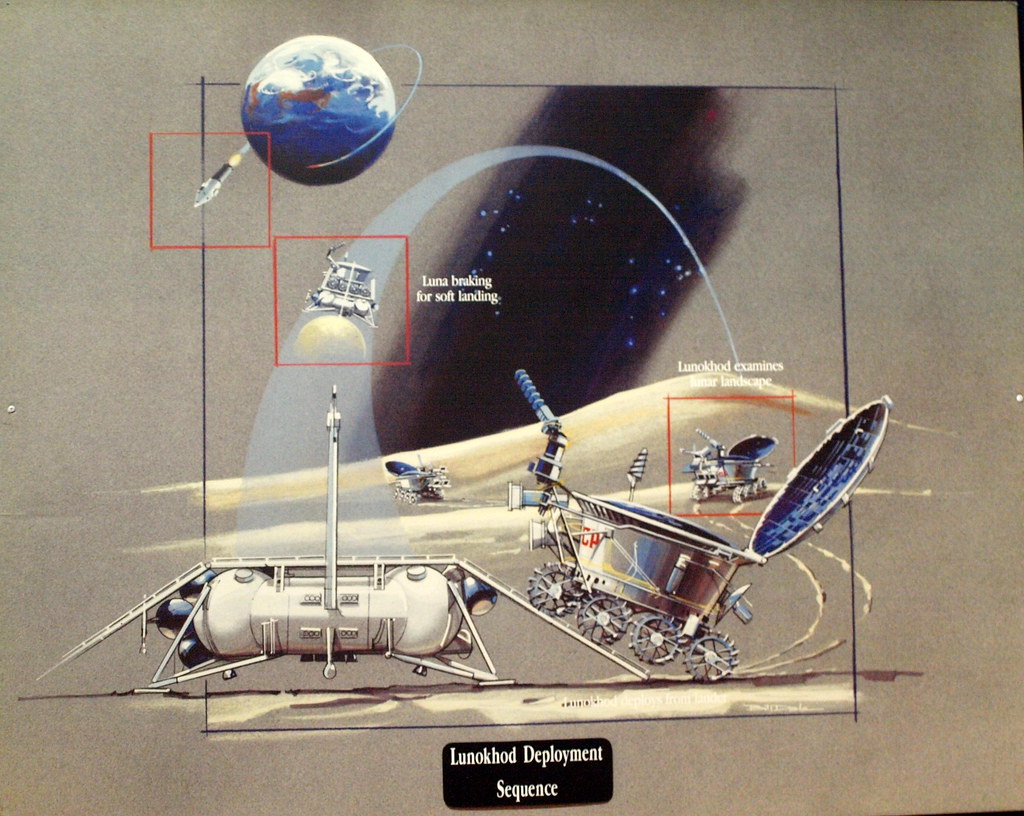

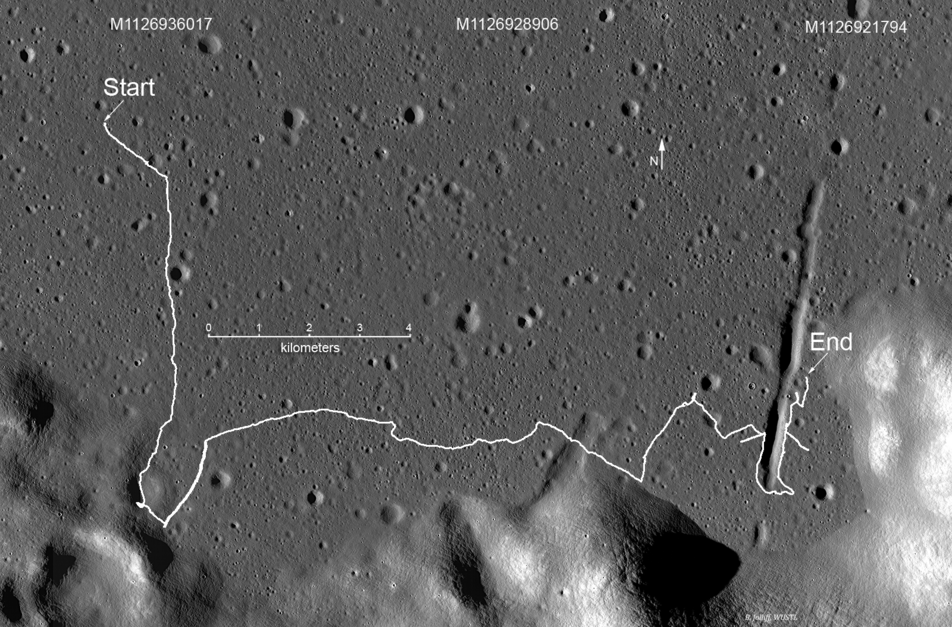
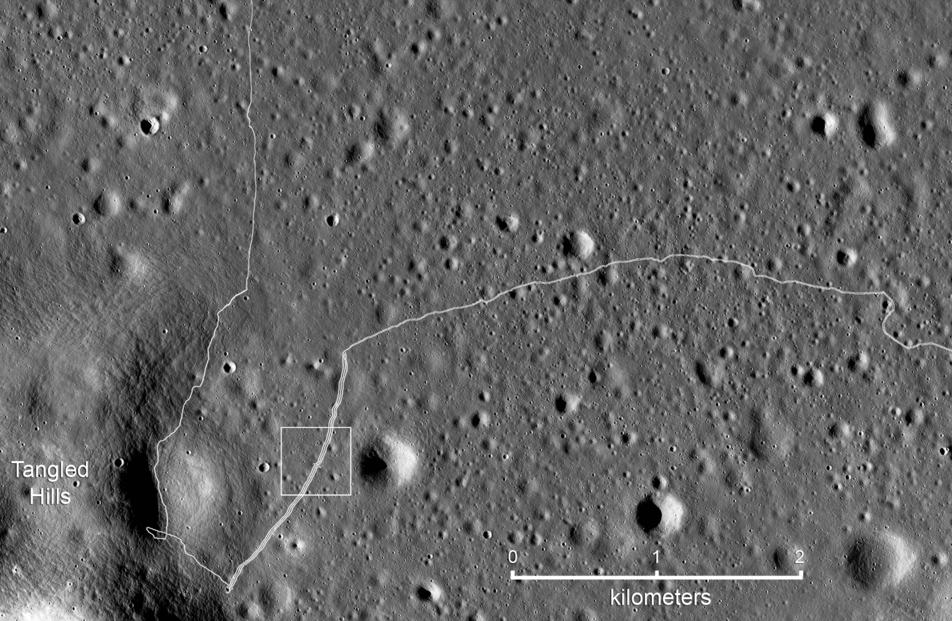
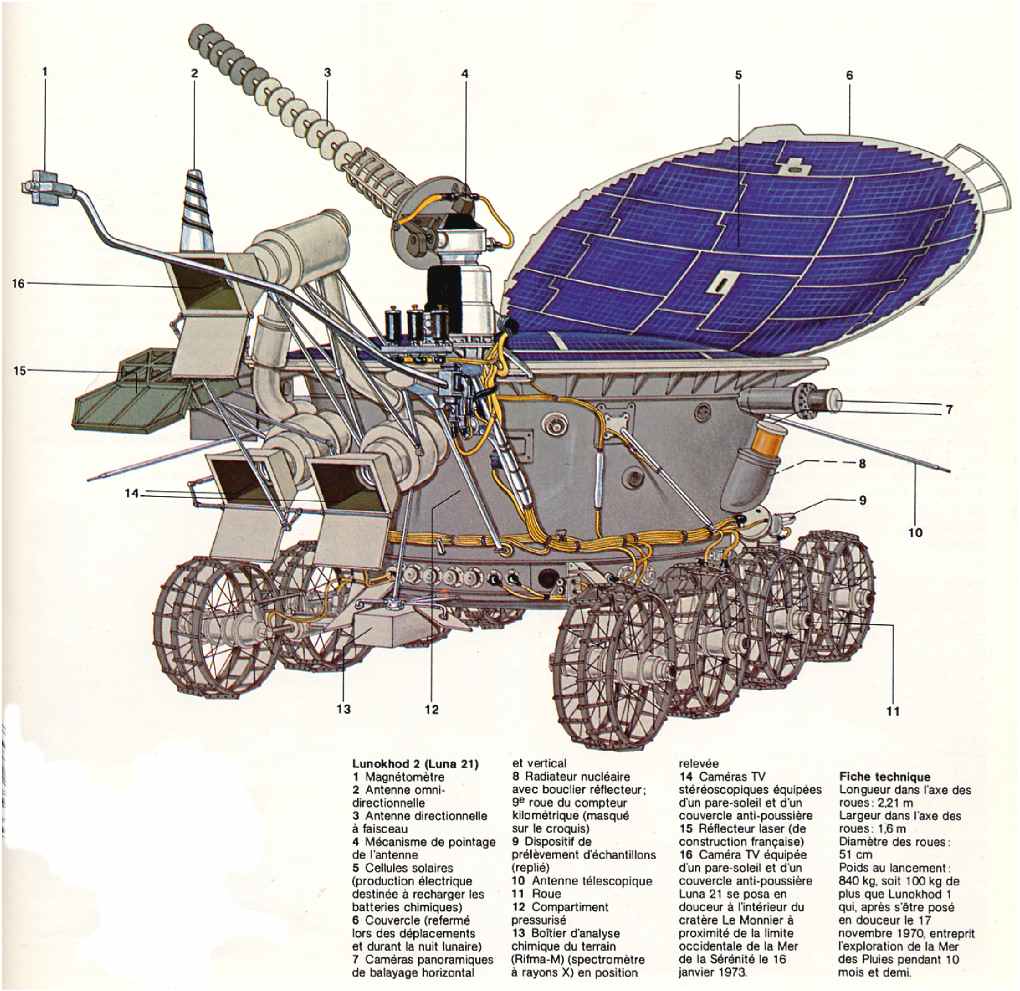
The Lunokhod (Moon Rover) Enjoy!
Last edited by Armynia; 07-13-2015, 07:46 AM.
Leave a comment:


Leave a comment: